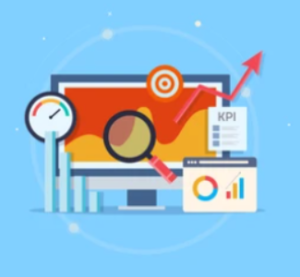Want useful analytics? Switch to metrics!
We live the time of Data. Data is everywhere and it is not difficult to collect tons of data, not knowing what to do and how to analyse them. In this case, less is more and the rule of thumb is prefer quality over quantity and to achieve this you need to have a set of carefully selected and continuously monitored metrics, linked to your business goals. A mistake that is commonly made is the mix of measurements with metrics. These are two distinct terms, with different use and of different importance. In a nutshell, a Measurement is a number (i.e. NPS Score, or General Satisfaction Score), measured in a specific point in time, while a Metric is the change of this measurement, compared between different periods or different departments. Measurements are data, while Metrics are data in context (which is the definition of Information). Measurements might trigger actions but Metrics indicate if the actions worked! Not all metrics are the same and there is no recipe for “the best metric that suits all businesses”. It is important to choose specific metrics over measurements that will get you on direct flight to your goals! A good point to start is by defining two kinds of metrics, outcome metrics and performance metrics. Performance metrics measure key activities that lead to successful outcomes. These metrics are analyzed on an ongoing basis to make sure everything is on track. If you don’t reach your performance metrics, you know that meeting your outcome metric won’t be possible and these are the metrics that will help you make changes to alter the ultimate outcome and improve your outcome metrics. For example, your customer’s satisfaction score is a metric that identifies your performance regarding customer experience. Other, performance metrics are the number of dissatisfied and satisfied customers, the number of customers that are willing to buy again from your e-business, your NPS score etc. On the other hand, outcome metrics look back at what has happened, providing useful insights on future steps. After measuring your performance metrics, it is time to identify your next steps and improvements. Let’s assume that you noticed 5 dissatisfied customers this month and you immediately contacted them to resolve their compaint. Thus, your outcome metric will be the number of dissatisfied customers which made a purchase after contacting them and which actions can take place to improve this number and therefore, increase customer happiness. Both performance and outcome metrics are essential, regardless if they consider the entire organization, specific customer segments or even individual customers. In any case, metrics are only valuable if you can manage them, so choose them carefully and choose the ones that you will be able to monitor and improve. Create metrics related to individual customers or customer segments (i.e. frequency of purchases, change of NPS score) and define specific, personalized actions in response to these metrics. The more you care about your customers and learn from them, the more stronger you will make the bond you develop with them!
Also published on Medium.

Outcome Metrics and Performance Metrics

Piece of Advice